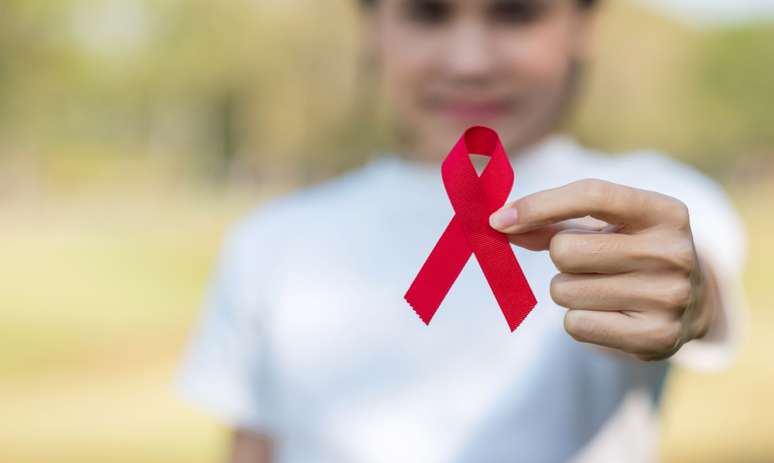The cardiologist explains how nutrition can preserve cardiovascular health, preventing diseases such as stroke, heart attack and angina
Cardiovascular diseases represent the main cause of death in Brazil. Therefore, the Red September campaign is essential because it raises awareness about these diseases and how to prevent them. One of the forms of prevention, in fact, is through diet.
According to the PURE (Population Urban and Rural Epidemiology) study, coordinated in Brazil by the International Research Center of the Alemão Oswaldo Cruz Hospital, in 2022 approximately 70% of deaths and cardiovascular events could be avoided with effective disease control. , such as hypertension and smoking.
In this context, it is essential to understand how nutrition can play a crucial role in the prevention of cardiovascular diseases. This is because some foods are allies in promoting heart health, providing essential nutrients and helping to reduce the risk of heart complications. At the same time, it is crucial to be aware of what can damage the heart.
Stroke (cerebral vascular accident)
Stroke is a condition that is divided into two main types: hemorrhagic and ischemic. “Hemorrhage occurs when blood vessels within the brain rupture, causing bleeding. Ischemic bleeding is the most common and occurs when there is blockage of the blood pathways supplying the brain, due to thrombosis or embolism”, explains Dr. Leandro Costa, cardiologist. at the Alemão Oswaldo Cruz Hospital.
This leads to a variety of symptoms (similar in cases of hemorrhagic and ischemic stroke), including sudden loss of strength or sensation, vision changes, changes in speech, and severe headaches. It is important to emphasize that a stroke is a medical emergency that requires immediate intervention, the specialist emphasizes.
The São Paulo State Department of Health (SES-SP) recently reported a worrying 20.2% growth in the number of visits to stroke victims in the state during the first half of 2023 compared to the same period in 2022.
Acute myocardial infarction
The cardiologist explains that acute myocardial infarction is a medical emergency characterized by blockage of the coronary arteries, blocking the flow of blood to the heart muscle, which, if left without blood, loses oxygen and dies. When this happens, intense chest pain appears and this pain is not concentrated only on the chest; it can spread to areas such as the neck, armpits, back or arms.
According to Dr. Leandro, the previous symptoms are: general malaise, nausea, dizziness, paleness and shortness of breath. “Recognizing these signs is essential because it allows for early treatment which, in turn, significantly increases the chances of recovery,” he emphasizes.
Angina
Finally, the specialist explains that angina is the clinical, symptomatic manifestation of the reduction or interruption of blood flow in the arteries that supply the heart. It can occur in conjunction with a heart attack, meaning when blood flow to the heart muscle is reduced, intermittent pain or pressure in the chest may occur, especially during physical activity.
“Interestingly, in some cases, rest can relieve these symptoms. And, although it is a serious condition, angina generally does not cause permanent damage to the heart, unlike a heart attack,” the doctor reveals.
Nutrition and prevention of cardiovascular diseases
According to the World Health Organization (WHO), inadequate diets represent one of the main risk factors for the development of cardiovascular diseases. Therefore, the relationship between diet and cardiovascular health is undeniable and of great relevance.
“A balanced and conscious diet, combined with regular physical activity, can help reduce risk factors associated with heart disease, such as hypertension and cholesterol levels. But it also plays a crucial role in maintaining heart health at long term”, underlines Dr. Leandro.
In this context, the cardiologist indicates which foods to avoid to preserve cardiovascular health. Watch:
- Saturated fats, present in red meats, sausages such as bacon, sausages, butter and fatty cheeses. They are known to increase levels of LDL cholesterol (the “bad cholesterol”), contributing to the buildup of plaque in the coronary arteries. Therefore, they increase the risk of cardiovascular disease.
- Trans fats, present in ultra-processed products such as cakes and fast food. Not only do they increase LDL cholesterol, but they also decrease HDL cholesterol (the “good cholesterol”), making them particularly harmful.
- Furthermore, excessive consumption of sodiumcommon in processed foods, can increase blood pressure.
- OR sugar Added to drinks in these foods contributes to inflammation, weight gain and insulin resistance, factors that can contribute to heart disease.
“Avoiding these foods and opting for healthy alternatives, such as fruits, vegetables and whole grains, in addition to the habit of regular physical activity, is essential to promote a heart-healthy lifestyle. Emphasizing that any significant change in the patient’s habits and should be assessed by a healthcare professional to ensure that it is appropriate and safe based on individual needs”, concludes the expert.
Source: Terra
Ben Stock is a lifestyle journalist and author at Gossipify. He writes about topics such as health, wellness, travel, food and home decor. He provides practical advice and inspiration to improve well-being, keeps readers up to date with latest lifestyle news and trends, known for his engaging writing style, in-depth analysis and unique perspectives.









